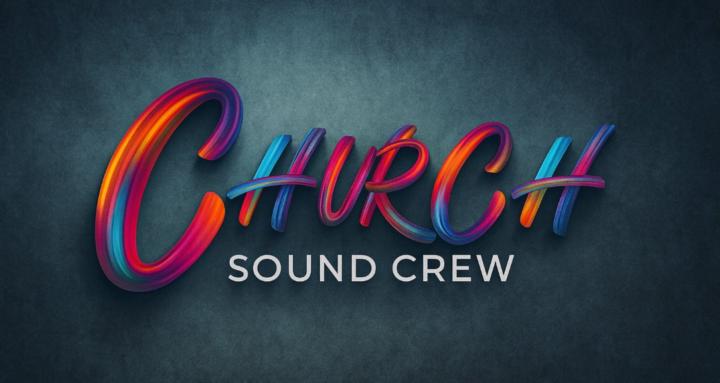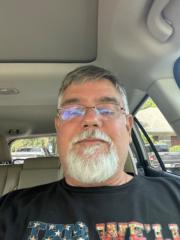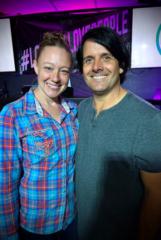5d • 🔊 FOH
Why High-Pass Filters (Low-cut) Are the Most Powerful Button on the Board.
I was mixing a service a while back, and everything felt muddy. Vocals weren’t clear, guitars were fighting the keys, and the whole mix felt like it had a blanket over it.
I started EQ’ing and tweaking faders… but nothing worked. Then I realized I had skipped the simplest step: engaging high-pass filters.
Here’s the truth:
Almost every channel on your board is carrying low frequencies it doesn’t actually need.
Those lows pile up, and suddenly your mix turns to MUD.
Think about it:
- Vocals don’t need anything below ~100Hz.
- Acoustic guitars don’t need the rumble.
- Keys usually sound cleaner with the low junk rolled off (in a band situation)
- Even electric guitars carry low-end garbage you don’t want (if guitar player doesn't have EQ)
When you cut that stuff out, guess what happens?
🎯 The kick and bass finally have room to breathe.
🎯 Vocals jump forward with clarity.
🎯 The whole mix feels lighter and cleaner.
⚡ Pro tip: Don’t be afraid of the high-pass. Use it aggressively on everything that isn’t designed to live in the low end.
Question for you:
Do you actually high-pass almost every channel, or do you leave most things wide open? Curious to see how you approach it.
— Nate
I high pass everything I can
I only use it on a few channels
I did not know high pass/low cut was a thing lol
0
0 comments

skool.com/church-audio-engineers-2670
Your hub for church sound, livestream mixing, and Sunday audio solutions—practical tips, training, and community for church sound teams by NATE Audio.
Powered by





